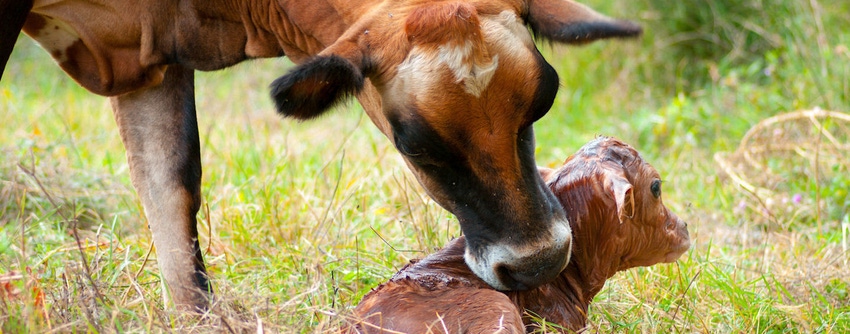
Higher beef prices can lead to an increase of cattle theft, and ranchers are warned to be extra vigilant to prevent rustling.
With as many as 200 head of cattle estimated to be stolen each year -- many losses aren't reported -- much of the cause of upturns in the number are linked to high priced meat which makes the live animal more valuable.
"Any livestock theft is a felony," says Rodger Huffman, Oregon Department of Agriculture
Animal Identification Program chief. "Anything over $10,000 is aggravated theft, a higher level felony."
His agency is ready to help producers vulnerable to livestock rustling, issuing press releases to alert the producer at times when the potential for rustling goes up, training the police on how to investigate such crimes, offering theft reward signs free of charge to producers, and recording brands. "Inspection programs are a deterrent" as well, he says of ODA services.
State law requires that all cattle, branded and unbranded, be inspected before they are shipped out of state, before being auctioned, before being slaughtered and when ownership changes.
But, while New Mexico remains the only state requiring cattle to be branded, the rest of the nation, including Oregon, only urges ranchers to mark their cattle and register the brands.
Oregon also records sheep brands as a preventative measure.
"Marking livestock with some kind of recognizable identification is a good idea," Huffman says. "For mature animals, brands provide a cattle's return address. In a court of law, the brand is used as proof of ownership.
As big beef prices may boost the risk some will take in stealing cattle, ranchers are advised to increase their vigilance where possible.
"Cattle prices continue to grow which makes the concern grow because of the opportunities for someone to make a pretty large sum of money quickly by committing a crime," says Huffman.
Market prices for cattle currently have doubled the average of two years ago. The sale of even a few stolen cattle can net a thief a healthy profit -- but maybe a felony charge as well.
Cases of Oregon cattle theft this year are being reported, such as a Malheur County incident in which Butler Ranches is offering a $50,000 reward for information leading to an arrest.
It would be a surprise if this year's number of missing animals doesn't surpass 2013's mark at 242, Huffman believes.
"We anticipate there potentially will be more cattle unaccounted for when ranchers gather their animals this fall, partly due to theft but also due to butchering taking place on the range lands," he says. "Sometimes when we see a spike in food costs, we see more people shooting livestock, butchering the animals on the spot for their own consumption."
Having someone check on livestock on the range more often may be a good idea, Huffman suggests.
"The expense of having that physical presence is easily offset by the value of those animals," he says, "especially at today's cattle prices."
This comes at a time when wolf attacks are reportedly taking cattle, resulting in the need by some producers to hire range-riders to ward off such kills.
About the Author(s)
You May Also Like




